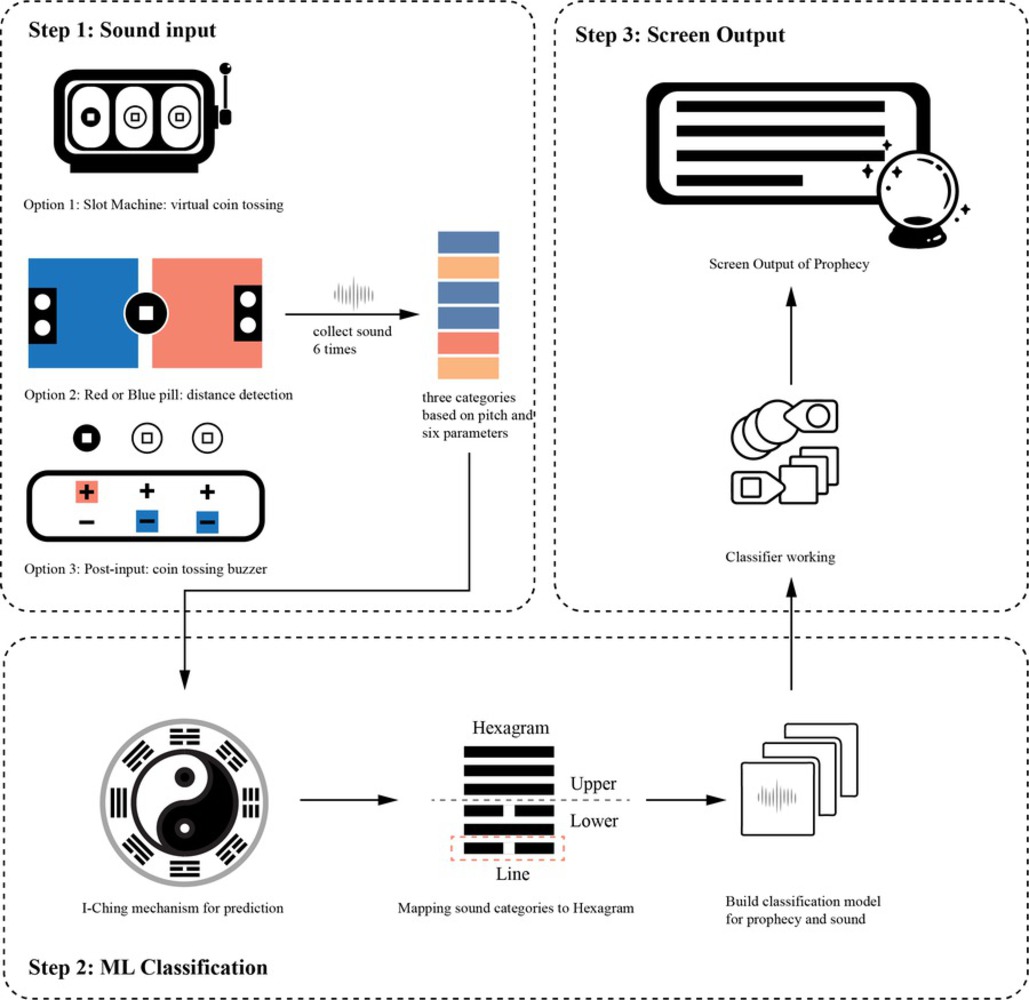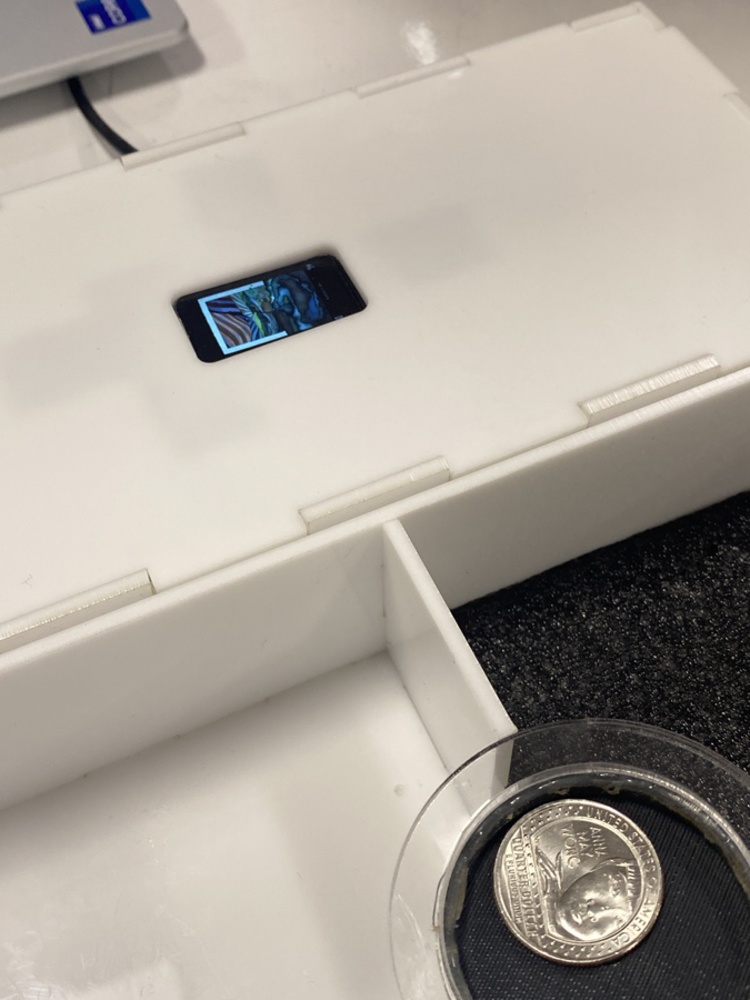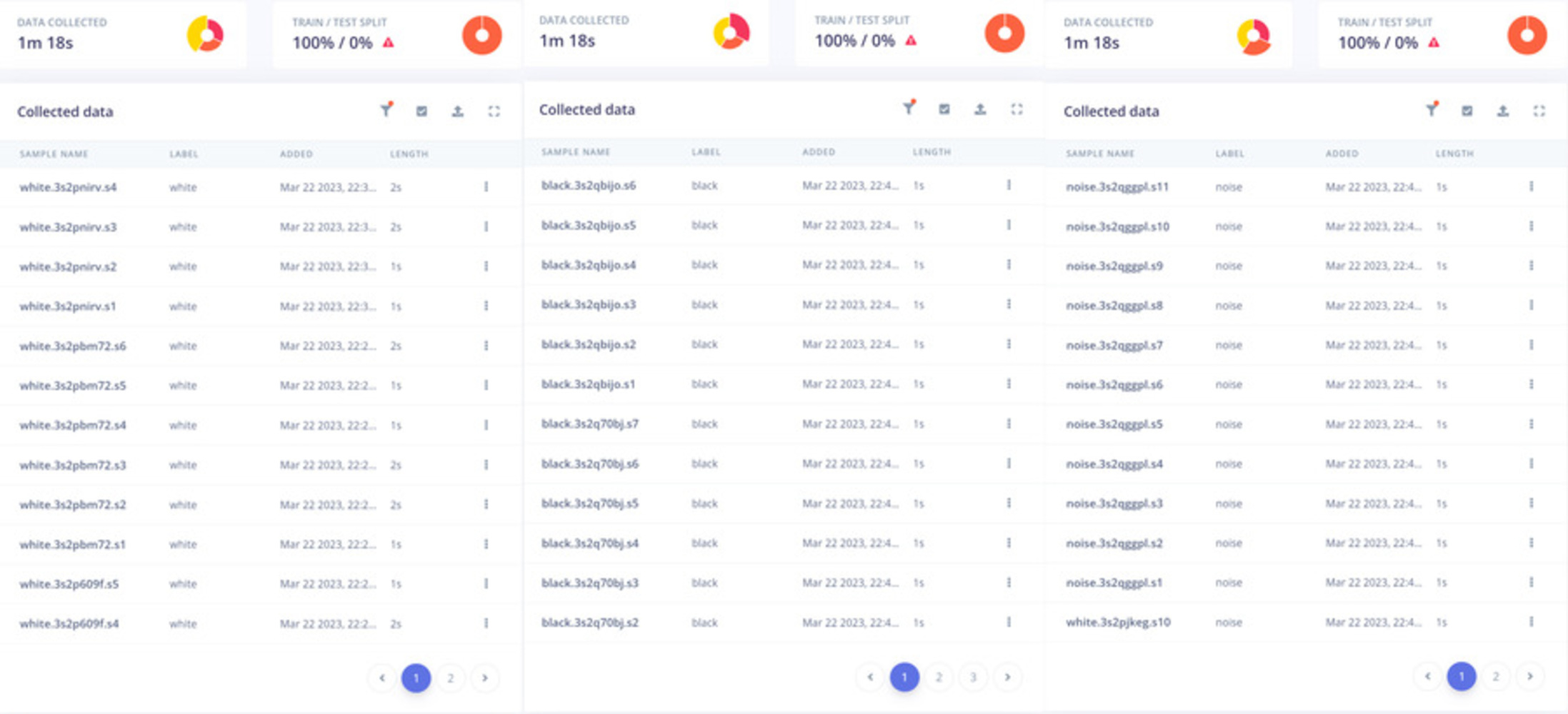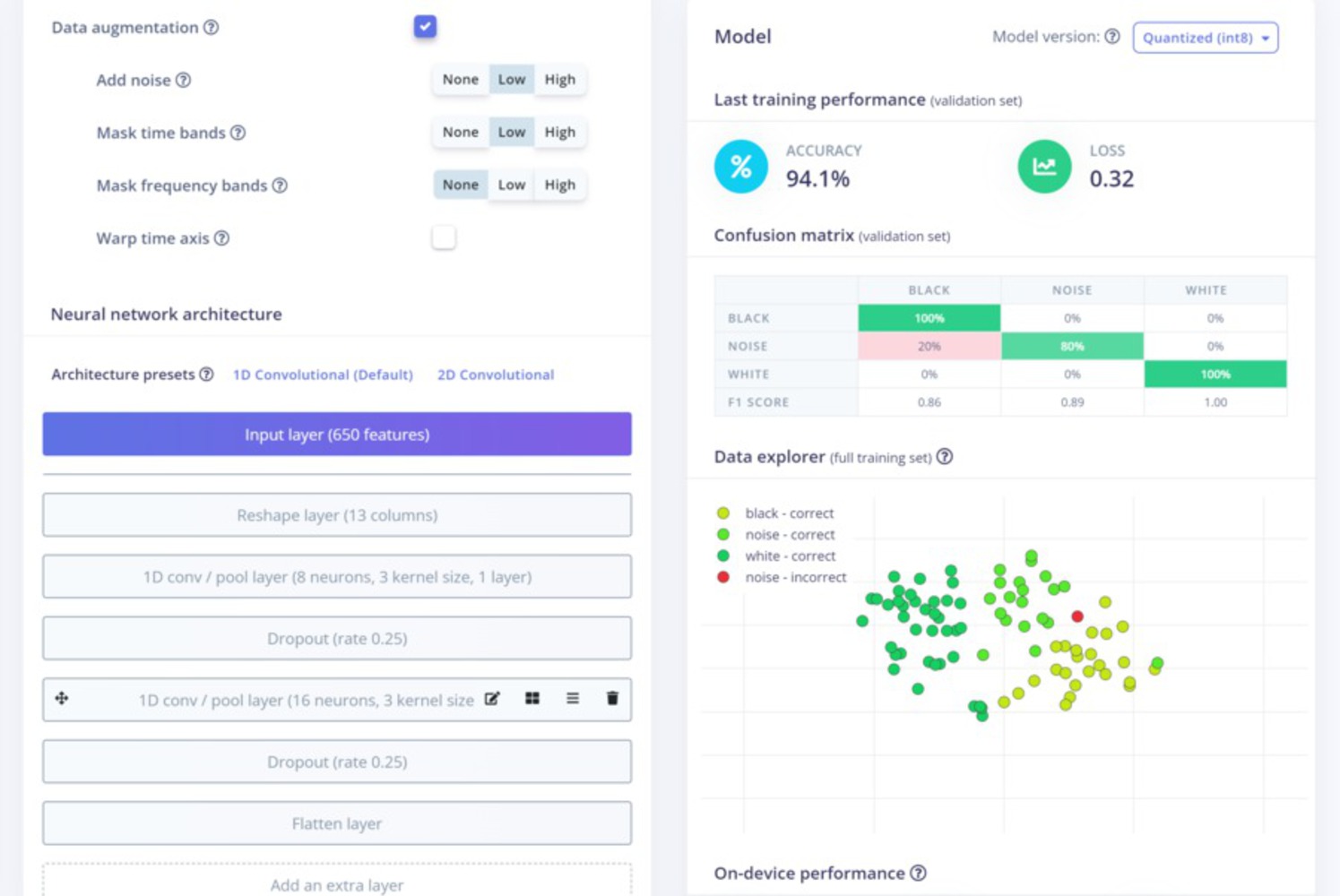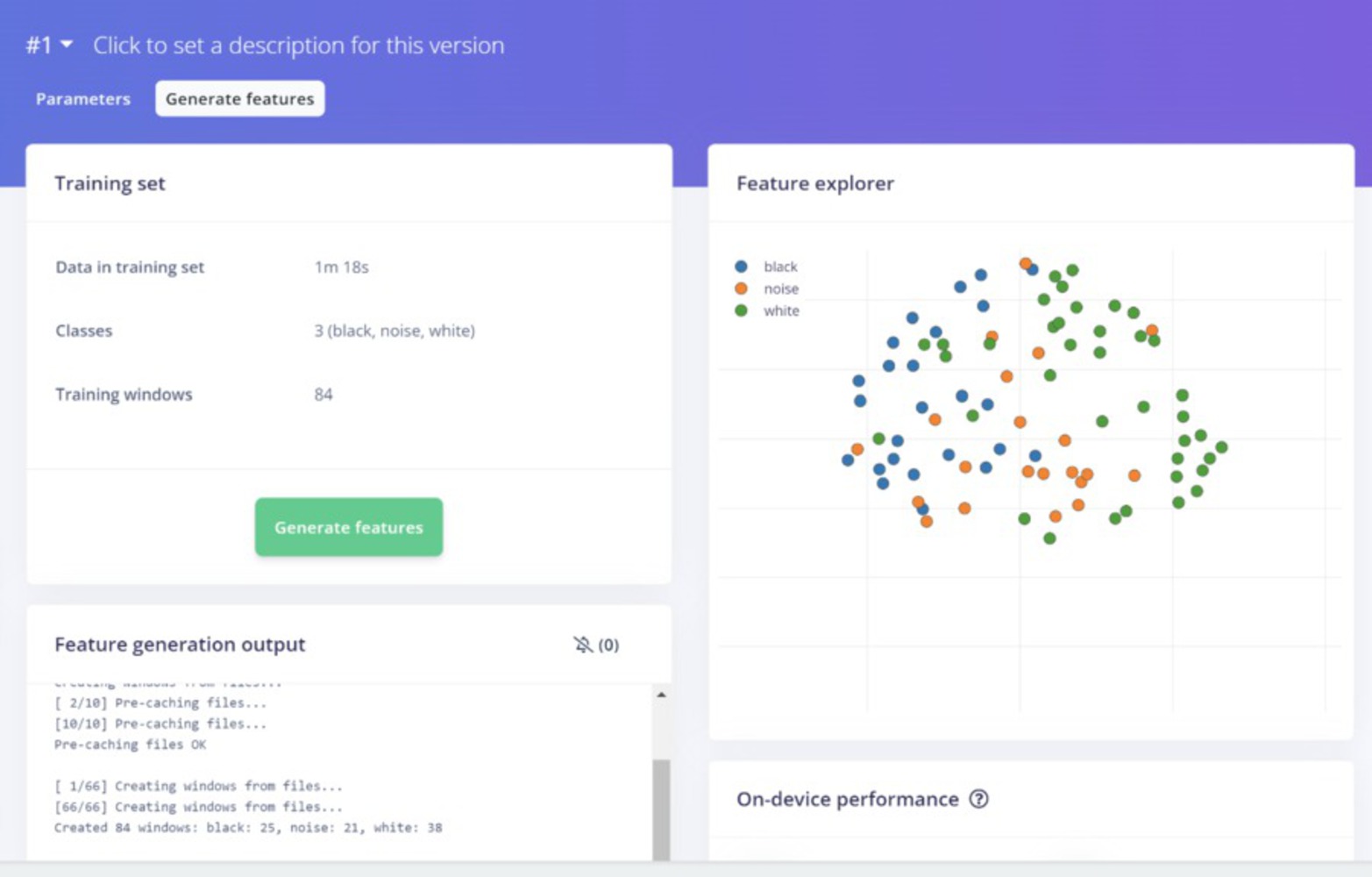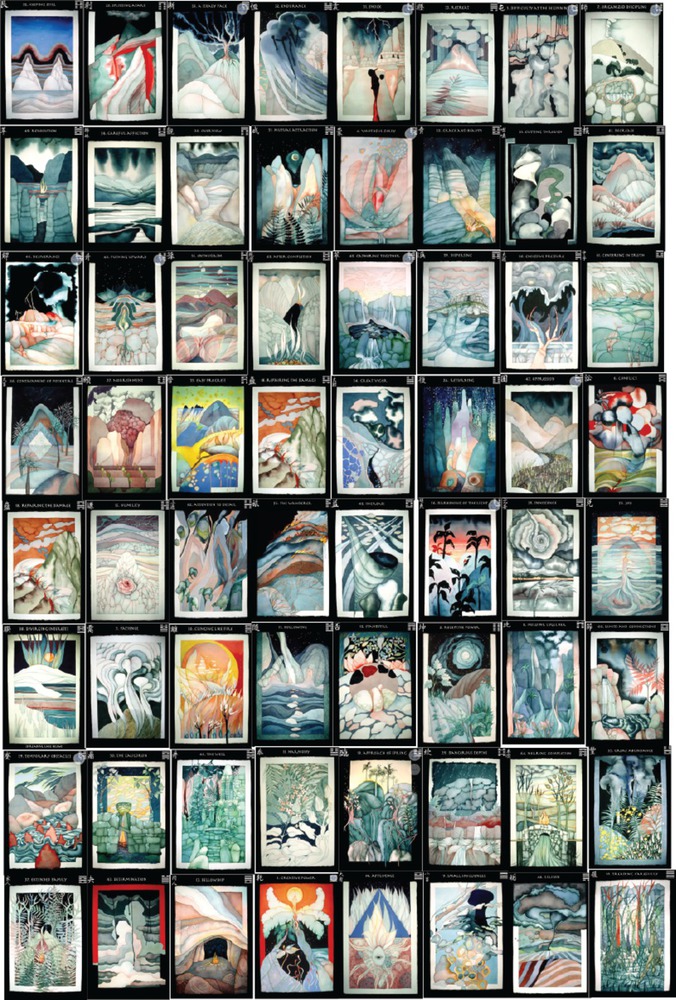Intent
CoinMind is a unique and innovative project that aims to combine the ancient practice of divination with modern technology. Specifically, the project employs the principles of the I Ching, an ancient Chinese divination system that is based on the concepts of Yin and Yang.
Users of CoinMind toss a coin six times inside a box, with the left side colored white to represent Yang and the right side colored black to represent Yin. The machine analyzes the results of the coin tosses and generates insights into the user's future based on the hexagrams of the I Ching. These insights are displayed on an LCD screen, with an image that represents the fortune followed by text that explains the image.
The big ideas behind CoinMind include the fusion of old and new technologies, the importance of traditional wisdom in a rapidly changing world, and the potential of divination as a tool for personal growth and self-discovery. The goal of this project is to provide users with an easy-to-use and accurate tool for accessing the wisdom of the I Ching.
By combining the ancient ritual of coin tossing with modern technology, CoinMind offers a unique way for people to engage with the I Ching and deepen their understanding of traditional wisdom. Ultimately, the project aims to promote a broader appreciation of the value of traditional wisdom in our modern world and to encourage personal growth and self-discovery through divination.
